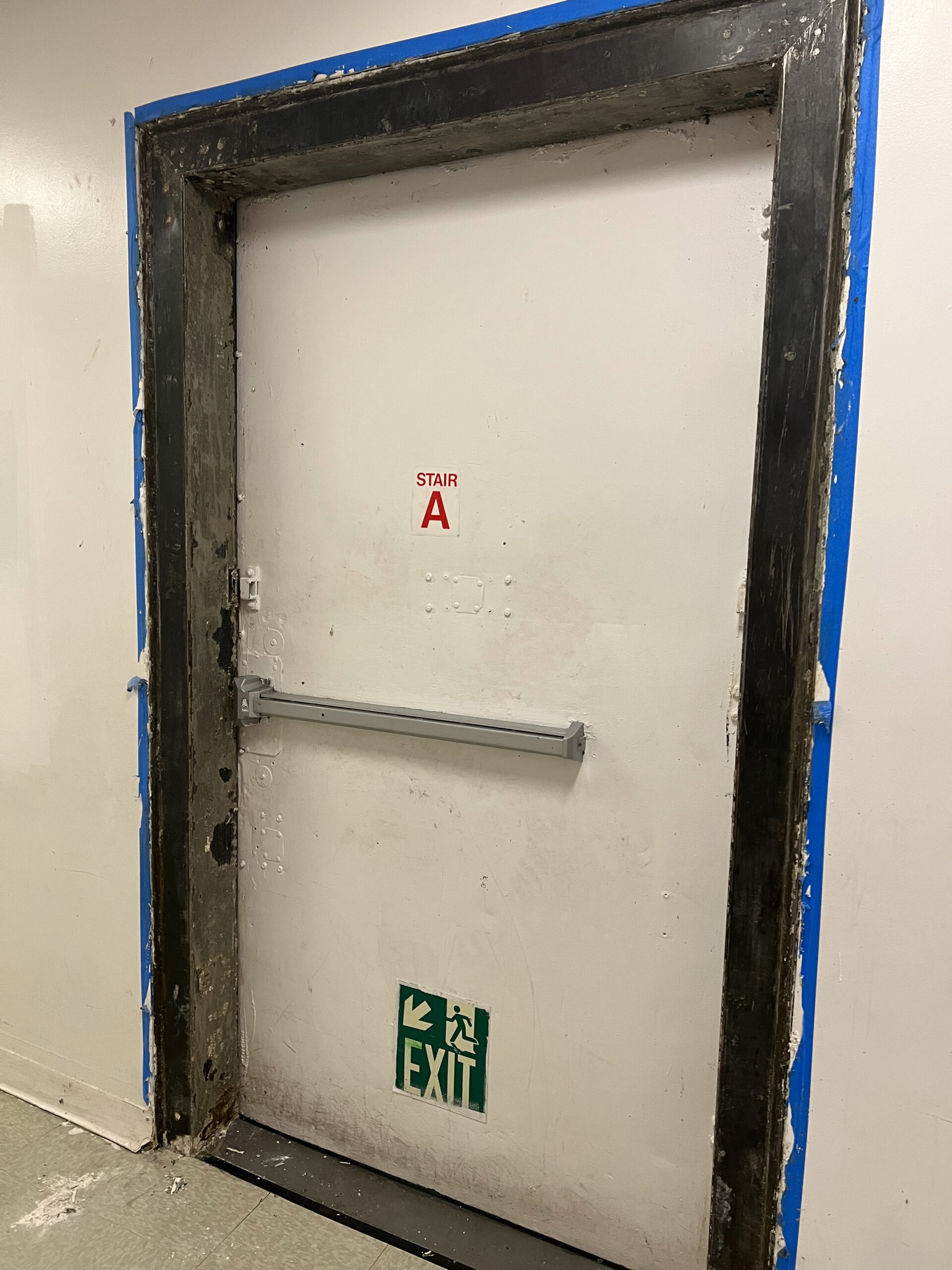NYC Lead Paint Removal Company-- Ensuring Safe and Legal Compliance
NYC Lead Paint Removal Company-- Ensuring Safe and Legal Compliance
Blog Article
Comprehensive Guide on Effective Lead Violation Removal Techniques
In the realm of ecological security, addressing lead infractions requires a thorough and structured technique. This comprehensive overview begins by highlighting the important initial steps of recognizing lead risks with advanced assessment and testing techniques. The overview elaborates on the importance of adhering to stringent safety procedures throughout the elimination procedure, consisting of the use of appropriate PPE and separating affected locations.
Determining Lead Hazards
Identifying lead hazards is an important initial step in mitigating the dangers connected with lead exposure. Lead, a poisonous metal, can be existing in numerous ecological tools, including paint, soil, water, and dust.
The initial phase in recognizing lead risks entails comprehending common lead sources within the built environment. Structures developed before 1978 are particularly susceptible as a result of the widespread usage of lead-based paint during that duration. In addition, soil contamination can occur from degrading exterior paint, commercial discharges, or historical use of leaded gas.
An additional substantial source is lead piping and plumbing fixtures, which can leach lead right into alcohol consumption water. Durable goods such as toys, ceramics, and imported items may also include harmful lead levels. Especially, work settings and leisure activities entailing lead can track pollutants right into homes.
Analysis and Testing
When addressing lead hazards, effective analysis and testing are critical. First assessment typically involves an aesthetic inspection to recognize potential lead resources, such as deteriorating paint or contaminated dust.

Dust wipe sampling is another crucial method, particularly in domestic setups. By accumulating samples from floors, windowsills, and various other surfaces, this approach provides understandings into possible direct exposure threats. Soil screening around structure perimeters is necessary to identify lead contamination that could position risks, particularly to youngsters.
Safe Removal Treatments
Upon completing thorough evaluation and testing, executing secure removal treatments is the next crucial phase in dealing with lead hazards. This process ensures that lead-contaminated products are properly and securely removed, minimizing danger to both workers and residents. The initial step involves isolating the affected location utilizing plastic sheet and appropriate securing methods to prevent the spread of lead dirt.
Employees must put on suitable personal safety equipment (PPE), including respirators, handwear covers, and disposable coveralls, to mitigate exposure. Employing specialized devices and damp approaches, such as damp fining sand or making use of HEPA-filtered vacuum cleaners, minimizes the dispersion of lead particles. It is vital to prevent completely dry fining sand or abrasive blasting, as these methods can create damaging lead dust.
Waste disposal is an additional crucial part; all polluted materials have redirected here to be firmly gotten and identified according to EPA and regional guidelines. Additionally, complete cleansing of the workplace with HEPA vacuum cleaners and damp cleaning makes certain the removal of residual lead particles.
Post-Removal Verification

Confirmation of effective lead elimination, referred to as post-removal confirmation, is critical to make certain the safety and habitability of the remediated area. This procedure involves a series of meticulous evaluations and examinations created to detect any kind of recurring lead bits that may pose health dangers. The first action generally includes a visual inspection to assess the completion and top quality of the removal job. This assessment ensures that all known sources of lead have actually been addressed which no visible indications of contamination stay.
Adhering to the visual assessment, ecological sampling is performed. This involves accumulating dust, soil, and in some cases water samples from the remediated location. Certified laboratories examine these examples to gauge lead degrees, guaranteeing they fall listed below the security thresholds developed by regulatory bodies such as the Environmental Defense Company (EPA)
In addition, air top quality testing might be carried out to discover airborne lead bits, specifically in situations where considerable lead-based paint elimination or restoration has actually occurred. The outcomes of these tests supply quantitative information confirming that the lead levels are within permitted limitations.
Inevitably, post-removal confirmation acts as a crucial checkpoint, verifying the performance of the lead reduction efforts and protecting the health of owners and visitors.
Safety Nets and Maintenance

A key preventative step includes using lead-safe accredited professionals for any renovation, repair service, or paint activities. These specialists are educated in techniques that lessen lead dust and particles. Furthermore, maintaining painted surface areas to stay clear of chipping or peeling off is necessary, as deteriorating paint can launch lead particles right into the setting.
Educational efforts targeting homeowner and occupants concerning the dangers of lead and the relevance of reporting any type of potential threats can further boost precautionary initiatives. Regular reference cleaning utilizing HEPA vacuums and damp wiping strategies can dramatically reduce lead dust build-up.
Conclusion
In summary, effective lead infraction elimination demands a thorough strategy including detailed assessment, exact testing, and stringent removal procedures. Making certain safety and security via Visit This Link proper isolation and individual protective devices continues to be critical. Post-removal confirmation through environmental tasting and air top quality screening corroborates conformity with well-known security standards. Additionally, ongoing evaluations and upkeep are necessary to mitigate future lead hazards, thereby safeguarding public health and making sure sustained compliance with regulatory demands.
Report this page